
This is a page dedicated to my favorite animals. With over 3,000 species around the world, the cicadas are a superfamily known as the Cicadoidea.
The Cicadoidea superfamily is divided into two families: the Tettigarctidae, known as the hairy cicadas and with only 2 living species, and the Cicadidae, known as the true cicadas.
The hairy cicadas are a mostly extinct family of primitive cicadas. They're the closest living relatives of the true cicadas, and numerous fossils have been found proving the existance of these critters from the Late Triassic onwards!
Nowadays, there remains a single genus of hairy cicadas- the Tettigarcta, with only two species that aren't extinct. Interestingly, they're nocturnal and, unlike other true cicadas, do not make loud calls. They also differ in appearance compared to other cicadas, as their eyes are closer together and, yes, they are in fact hairy! Their bodies are quite fuzzy especially on their underside.

Being the bulk of all living cicadas, the true cicadas are known for their life cycle and their songs. Physically, they all have menbranous wings, small antennae and three ocelli between their big round eyes. The earliest fossils of these true cicadas date to the Jurassic period.
They're separated into two categories, which are all about their emergence pattern: annual cicadas and periodical cicadas. Annual cicadas appear every year because their population is not locally synchronized, as opposed to the periodical cicadas which all emerge around the same time in any one location and are absent in the intervening years.
Cicadas live relatively long lives compared to most insects. Annual cicadas live for about 2-5 years, while periodical cicadas can live 13 or 17 years. Most of their lives are spent underground as nymphs, and they emerge to molt and turn into adults.
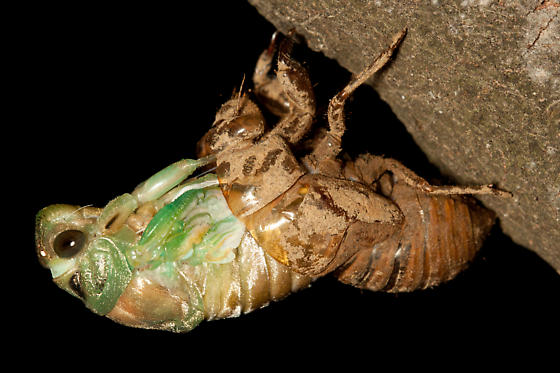
Of course, their most well-known trait is the loud sounds that males make to attract mates. Male cicadas can produce songs, calls, low-amplitude songs and disturbance sounds by using a pair of tymbals (modified membranes located on the abdomen). Each tymbal is pulled inwards and the deformation of the stiff membrane produces a sound.
Female cicadas can also make sounds by flicking their wings, but they only use them to respond to males looking to mate. Once the male has a female partner, he will change his call to indicate they are a mating pair.
Cicadas have had a large impact on culture all around the world.
In 1688's France, Jean de La Fontaine wrote «The Cicada and the Ant» (a retelling of one of Aesop's Fables), likening the insect to a lazy bum, who spends all summer singing instead of harvesting food like the ant, lost in its own art. Not all saw the cicada as foolhardy though- in Provence, the cicadas are seen as a kindred spirit, making music for the sake of it. Additionally, the cicada in La Fontaine's story loved the sun (another symbol of Proveçal life), and that only solidified the cicadas as a symbol of the region.
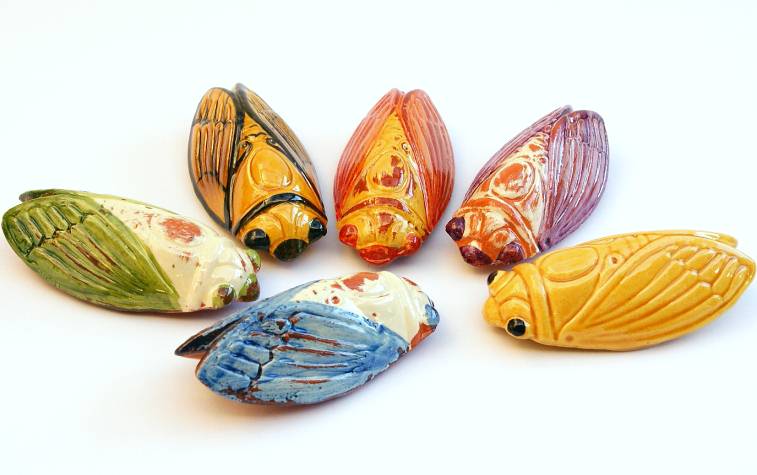
In Japanese media, cicadas are a common motif. Similarly to how cherry blossoms represent the beginning of spring, cicadas are often used in media to represent the hot, humid summers of Japan. Cicadas have been represented in Japanese art for centuries in all sorts of mediums- haikus, video games, anime, you name it. Cicadas also play an important role in the lives of Japanese children, as bug catching is a common hobby for kids in Japan.
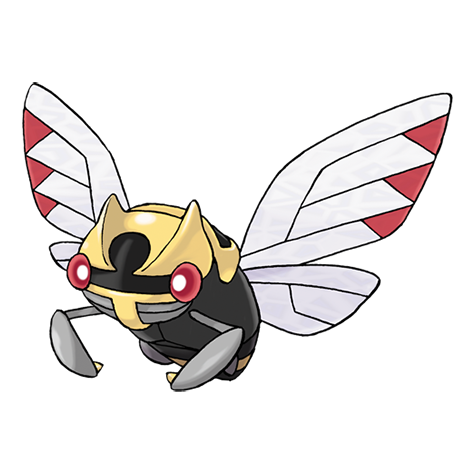
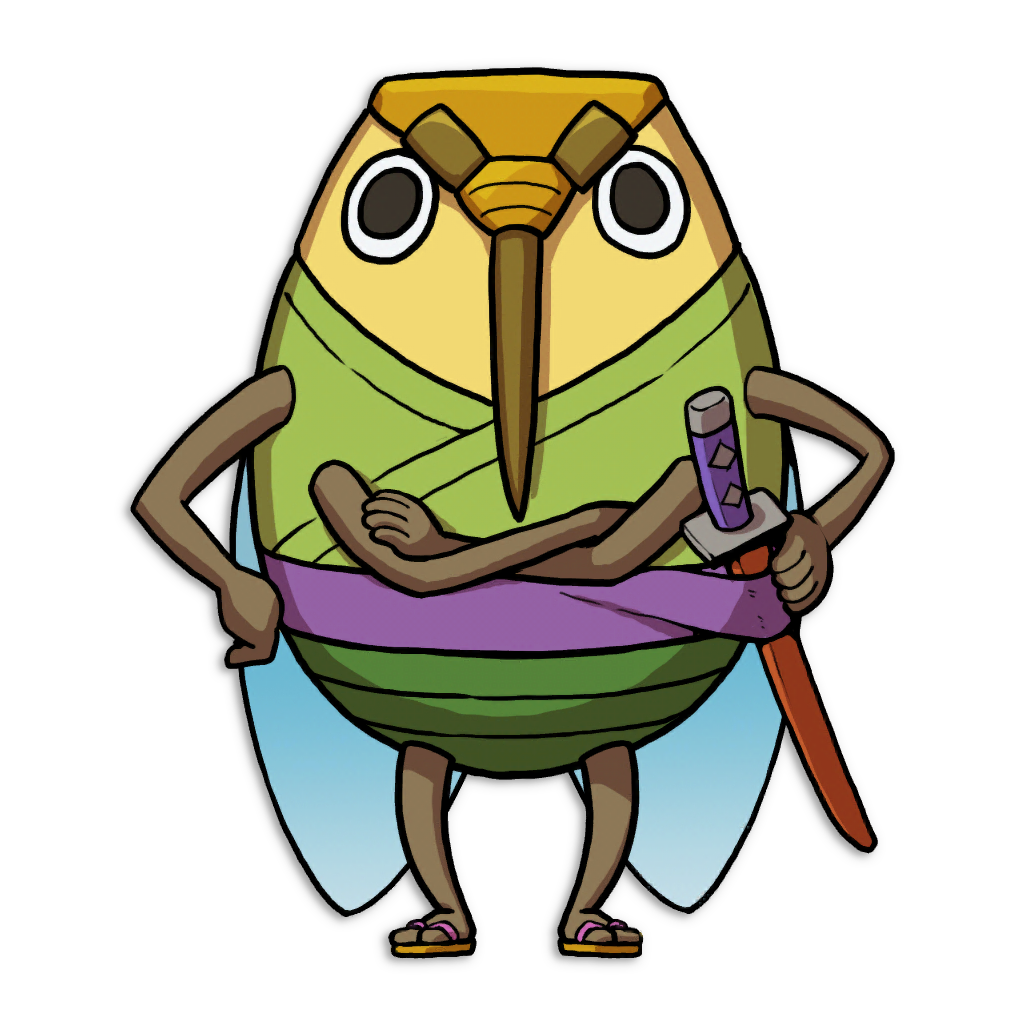
In Chinese culture, these insects have had a fascinating role for a long, long time. Generally speaking, they're considered creatures of high status in Chinese lore, having a «pure diet» (dew) and perching on high treetops. An analogy in ancient China would suggest that a high-ranking official should resemble a cicada: residing high, eating a pure diet and having sharp eyes. Additionally, during the Han dynasty jade cicada-shaped amulets would be placed on the tongues of corpses to symbolize a hope for rebirth and immortality. This is because the life cycle of these insects was seen as an analogy for the spirits of the dead rising on a path to eternal existence- much like a cicada emerging from underground to shed its hymphal exuviae, leaving an empty shell.
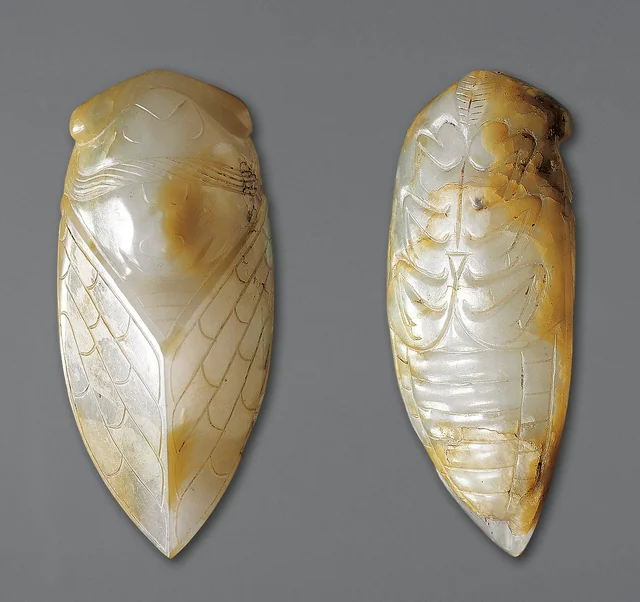
These are just a few examples of how cicadas influenced folklore and culture.